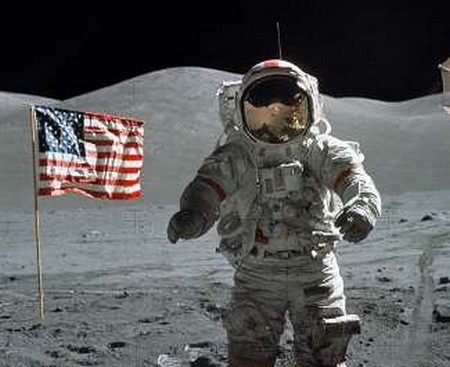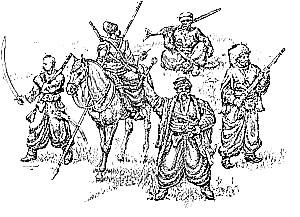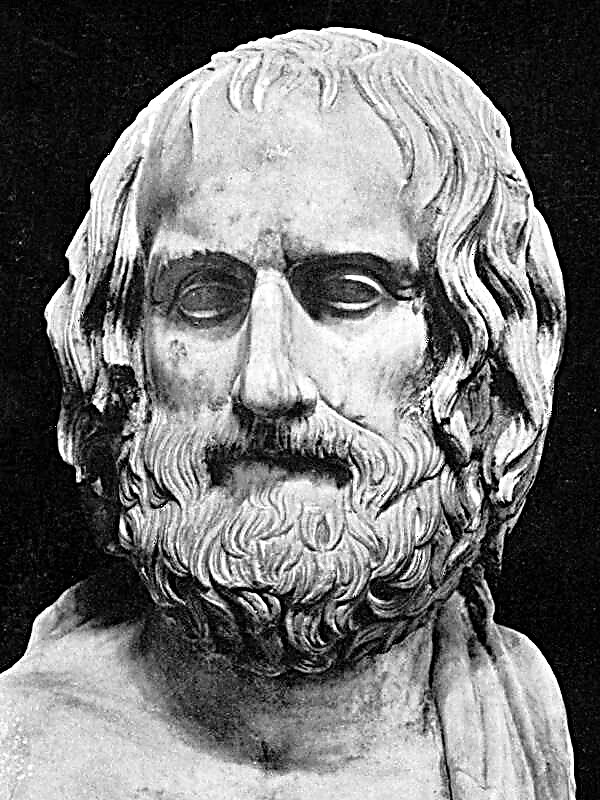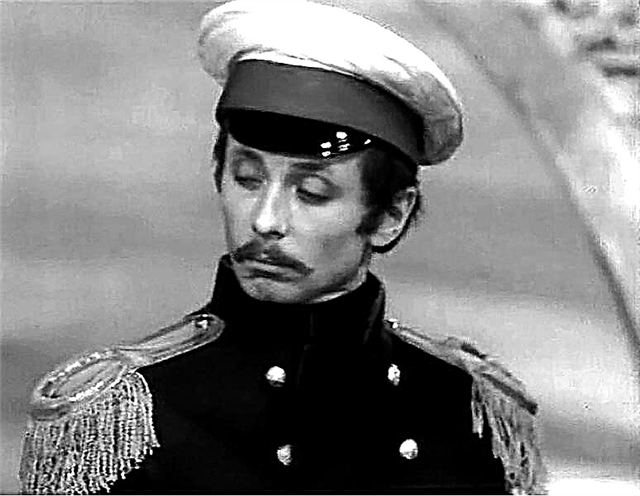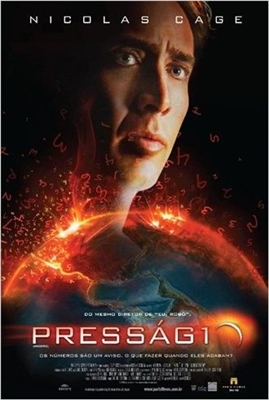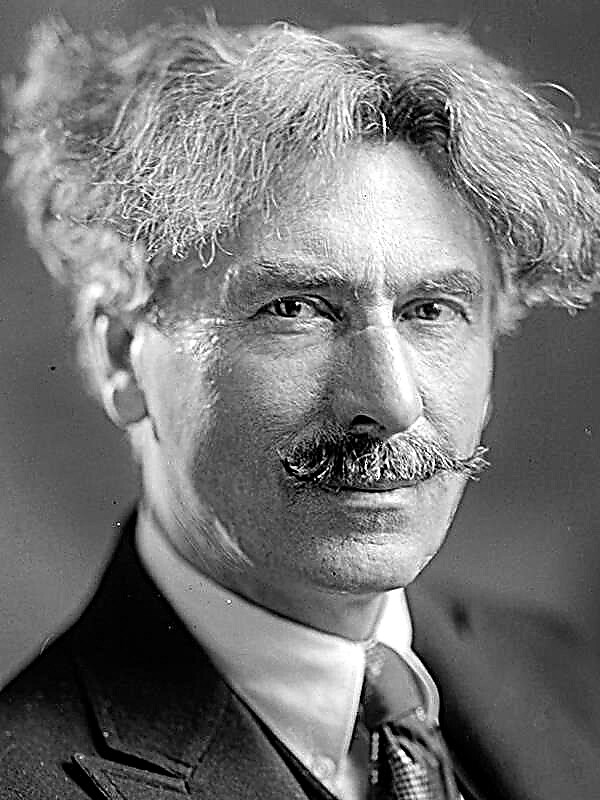The abundance of farmers' markets, gourmet shops, and gourmet restaurants is what gourmets usually imagine of modern Britain. It may seem that now the country is undergoing a real gastronomic revolution, but the everyday British food culture indicates the opposite. Most of them do not even think about how the food falls on the plate and does not understand cooking at all. Carolyn Steele, an architect, urbanist, and professor at Cambridge University, uses the British example to describe how Western civilization lost touch with the countryside, as a result of which modern Europeans were divorced from food production.
Pre-industrial period: the city is connected with the village, food - with nature
At first glance, the layout of medieval London seems irrational - crooked streets, too dense buildings and lack of geometric clarity. But if you consider it from the point of view of food supply, everything becomes clear. After all, it was food that determined the structure of London, like all other pre-industrial cities. As a tool that revitalized and streamlined the urban environment, it simply has no equal.
In the pre-industrial era, that is, before the advent of the railroads, any city dweller knew about food production much more than a modern urban dweller. During this period, food supply was the most difficult task of the city. Roads were crammed with carts and vans with grain and vegetables, sea and river ports - with fishermen's boats and cargo ships, cows, pigs and chickens walked along the streets and yards. A resident of such a city always knew where the food came from.
The presence of food in the city created chaos, but it was necessary chaos, as integral to life as sleep and breathing.
In most medieval cities, food was sold directly on the streets, under the open sky, and authorities (for example, the Parisian bread police) could control this process. Market sellers had the right to trade only certain products in a particular place and at set hours and only after obtaining special permission. Each merchant jealously guarded his place in the market, conflicts often occurred between them. In houses overlooking the market squares, trade was conducted directly through doors and windows.
Not only was the market a living proof of the city’s connection with the countryside. The rich often had estates supplying them with bread, poultry, and vegetables, while the poor had small plots of land that they cultivated, periodically leaving the city. Many kept poultry and pigs in their houses, and in the outbuildings they kept grain and hay. The houses of most citizens resembled peasant estates. Moreover, the village had equal status with the city that it served.
It was more difficult to transport food products before industrialization than to grow them, and this was especially true of the main food of the townspeople - bread. Heavy and bulky bags of grain were inconvenient to transport over land over long distances. Transportation of grain per 100 km cost a third of the cost of cargo. It was easier to deliver it by water, but immediately there was a danger that the grain would begin to rot. There were also difficulties with storage: insects or mice could spoil the grain, and at too high a temperature it could ignite.
The meat had a clear advantage over grain. Cattle got to the market themselves, so it was possible to breed it at a great distance from the city. All of Europe was covered by a network of roads along which cattle, sheep, and even geese were driven.
Industrialization: the city is moving away from the village, food is from nature
If ancient cities arose thanks to grain, then the cities of the industrial era gave rise to meat. Due to the high workloads, factory workers needed more high-calorie food, and therefore they preferred to eat meat food for lunch.
By the beginning of the 19th century, the American city of Cincinnati, which was later called the “Pigopolis”, became the center of the meat industry: up to half a million pork carcasses were processed there before being exported. Processing took place in specially built slaughterhouses, where pigs were slaughtered on one conveyor, carcasses were cut, and then meat was salted and placed in barrels.
At the same time, not only the USA switched to industrial methods of meat production at this time. Two European countries - Denmark and the Netherlands - began to build industrial farms for the intensive cultivation of pigs and chickens on imported feed, and finished products in the form of bacon and eggs were also sold to Britain - which they are doing today.
For the first time in history, a European city had sources of cheap food, the production of which many countries began to focus on. In Britain, meat prices plummeted, and the life of the urban poor, on the contrary, improved markedly. But industrial production also had its drawbacks: now the peasant lands suffered not only from excessive rainfall or drought, but also from pests.
In 1836, the peasants seemed to have a solution to this problem: the German chemist Justus von Liebig identified the basic substances necessary for plant nutrition, that is, he created the world's first mineral fertilizers. Crops were growing steadily, and everyone believed that the threat of hunger no longer threatens humanity. But after a few years, yields began to fall again, and the peasants had to use more concentrated preparations. As a result, it turned out that artificial fertilizers could not replace the natural balance of the earth - with prolonged use, they reduced soil fertility.
However, typical townspeople of Europe at that time were not particularly worried. They did not think about whether the soil is good, whether there will be drought, whether it will rain, whether the crop will die. Their main issue was weekly food expenses. Having completely taken off the ground, they ceased to associate food with nature and rejoiced at lower food prices.
At this time, cities, once praised as the embodiment of beauty, turned into smog-covered specimens of hell on earth.
The introduction of industrial methods in poultry and livestock raising did not cause almost any objection among ordinary Britons. No one simply paid attention to the fact that animals are pumped with hormones and antibiotics, and even fed with flour obtained from the remains of other animals. The authorities of the country reasoned the same way: they were worried about how much it would cost, and not the very possibility of feeding the population. Thus, British agriculture entered the post-industrial phase, the main feature of which was its complete isolation for society.
Post-industrial period: the city completely separated from the village, food - from nature
Modern agribusiness is not just food production, but maximization of profit from it. After the technological progress in agriculture, manufacturing countries began to fiercely assert their right to exploit natural resources. Agribusiness is fully focused on short-term benefits, environmental concern has become indifferent to him.
At the beginning of the 20th century, American food corporations were looking for a way to ensure the most cost-effective marketing of large volumes of their products suitable for long-term storage. So they invented supermarkets. In British food retail, they immediately became leaders. Their goal was to become indispensable for us, and it has already been achieved.
One of the ways that supermarkets manage to provide us with fresh food is through an expansive interpretation of the concept of “freshness.” ‹...› Lamb is considered fresh within three months after slaughter, although it is worth opening the container, and such freshness very quickly leaves no trace.
The destructive influence of agribusiness in our time has reached unprecedented proportions, and we, the townspeople, have learned to behave as if we have nothing to do with this destructive process. Instead of perceiving ourselves as part of nature, as it was in the pre-industrial era, we see in it an object that can be mercilessly exploited. Deforestation, soil erosion, depletion of water resources and environmental pollution - these are the dire consequences of modern ways of providing food.
When we waste food, water, solar energy, fossil fuels, and human efforts are wasted — all that was used to create it. At the same time, despite the large-scale destruction of the ecological system, we are still not able to feed all the inhabitants of the planet.
We do not hesitate to eat chicken, but if we were given a knife and locked in a room with a live chicken, most of us would probably die a starvation.
Today, food supply systems are fully controlled by large agribusiness corporations, which has left farmers in distress. Their influence on the modern food industry has been reduced to zero. The market value of basic food products is so low that farmers often fail to recoup even the costs of their production. Prices are set by trading companies whose decisions are unrelated or very weakly related to the nature of the products they sell: they are aimed at short-term benefits, and they are absolutely not peculiar to the environment.
To avoid an environmental disaster, we need to pay more attention to food ethics. You can help local producers - regularly buy vegetables and fruits from them, go to their small grocery stores near the house and talk with their sellers about their product there. Ideally, you should buy only those products that were grown without disturbing the ecological balance and transported to us without harming the entire planet.
In this matter can not do without the help of importers - whether supermarkets or other companies. They are needed to make the right choice for us: to select our assortment so that products that cause environmental harm do not fall on the shelves of supermarkets. The authorities can insist on this, if they have the political will to do so.
We are all partners in the global food network. If we are not satisfied with how it works, if we do not like the world that it creates, only the change in this situation depends on us.


